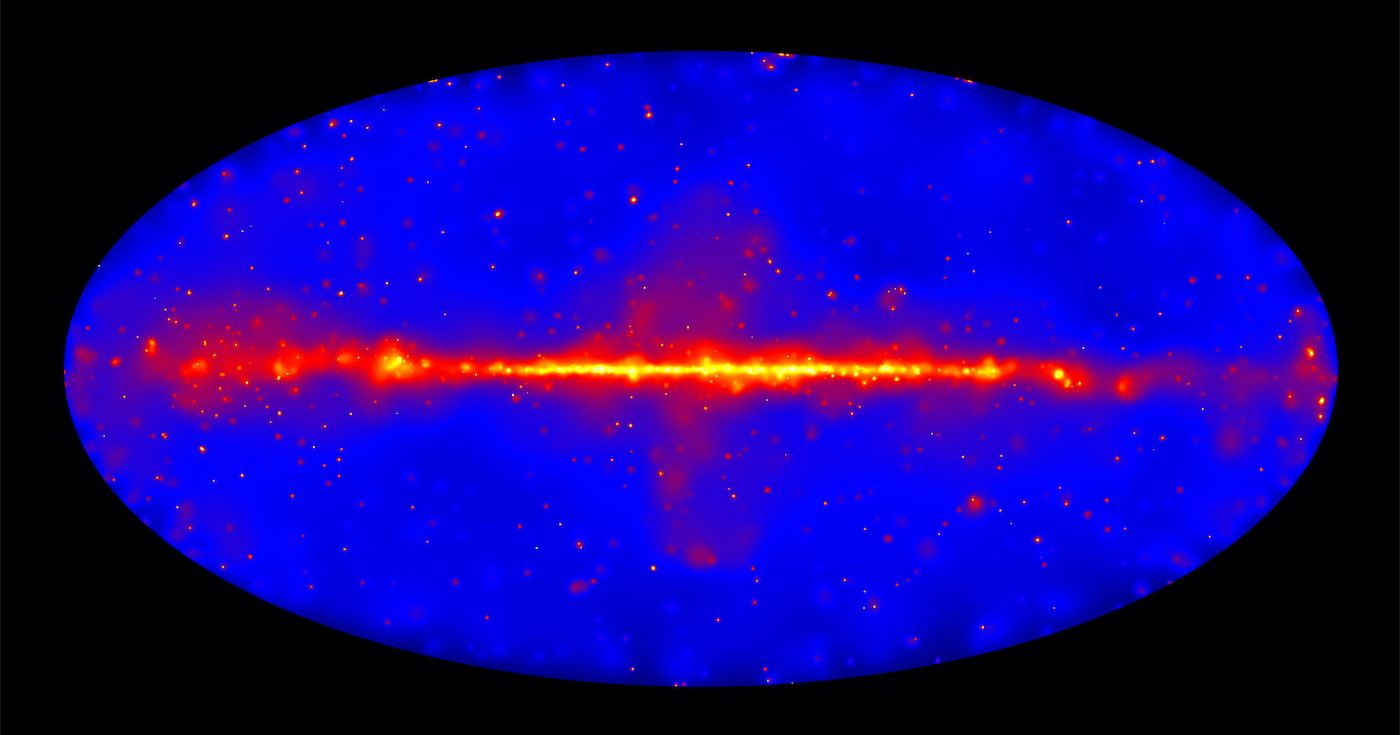Researchers Find the Source of Gamma Rays in the 'Empty' Sky
Gamma rays have been observed in parts of the sky that seem to be 'empty,' so researchers have long wondered about their source. Gamma rays are one of the most energetic forms of light in the universe, noted Dr. Matt Roth, from the Australian National University Research School of Astronomy and Astrophysics. Now, researchers know where they're coming from; galaxies that form stars apparently emit gamma rays. The findings have been reported in Nature.
"It's a significant milestone to finally discover the origins of this gamma-ray emission, solving a mystery of the Universe astronomers have been trying to decipher since the 1960s," said Roth, first study author.
Researchers figured there were two obvious potential sources of these gamma rays; the source might have been supermassive black holes known as an active galactic nucleus (AGN), which sit at the center of all galaxies, or, galaxy disks in which stars are forming, said Roth. Work published last year suggested that high-energy cosmic rays create gamma rays as they interact with interstellar gas in star-forming galaxies. Many distant galaxies in the early universe form stars.
In this study, researchers modeled the predictions using data from the Hubble Space telescope about galaxies such as their mass or rates of star formation. The work indicated that most of the diffuse gamma ray radiation that is found in the Universe is coming from star-forming galaxies, and not the AGN process, Roth continued.
These findings came after scientists were able to learn more about how cosmic rays that travel close to the speed of light move in the gas between stars. As these cosmic rays collide with interstellar gas, gamma rays are produced.
"Our model can also be used to make predictions for radio emission - the electromagnetic radiation that has a frequency similar to a car radio - from star-forming galaxies, which could help researchers understand more about the internal structure of galaxies," concluded Roth.
Sources: Australian National University, Nature









